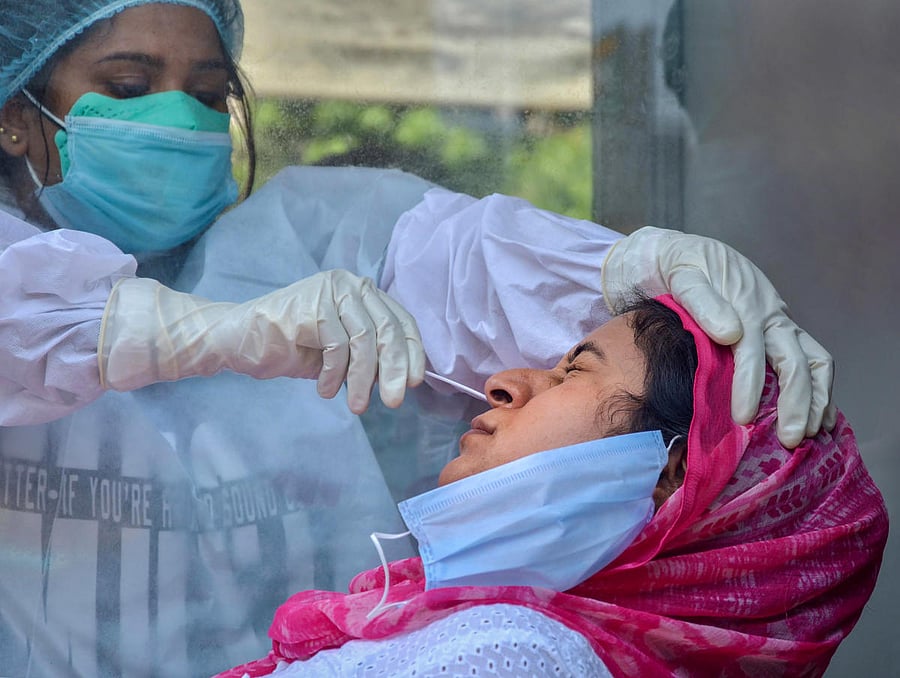
The Centre and the Indian Council of Medical Research (ICMR) splitting hairs over the term ‘community transmission’ of the coronavirus will not stop the disease from spreading. On Thursday, ICMR head Dr Balram Bhargava asserted that India is “definitely not in community transmission” stage because the “prevalence is so low in our country, below 1%”. Truth is, however, that community transmission, or stage 3 in a pandemic, is said to be happening not based on numbers detected but when it is not possible to trace the source of infection. At this stage, in Delhi, Mumbai and elsewhere, there are many such cases. Delhi Health Minister Satyendra Jain has said that the source of 50% of the cases in the national capital is not known. The Union Health Ministry had itself some time ago stated that there was “limited community transmission” in some areas, but it is shying away from a full admission of it now. The Centre’s reluctance to accept the truth is perhaps because publicly admitting it will raise questions about the timing and efficacy of the lockdown ordered on March 24, when there were only 606 cases in the country, and opening up the economy when the number of cases is rising by over 10,000 a day.
A recent statement issued by the Indian Public Health Association, Indian Association of Preventive and Social Medicine and Indian Association of Epidemiologists said that “community transmission is already well-established across large sections or sub-populations in the country.” A study by ICMR itself confirmed the trend of unchecked and untraced transmissions and found that infections could be 100-200 times more than the numbers reported from some areas in Delhi, Mumbai and Kolkata. It also found that 15-20% of the population may have been exposed to the infection in some areas. As epidemiologists have said, there is no harm in accepting the truth now. The government can claim credit for slowing down the spread of the infection.
Dealing with a pandemic requires a strategy that evolves and keeps pace with its spread. The strategy for fighting the disease is different in areas of community transmission. It calls for enhanced testing and identification of hidden cases which would otherwise spread the infection further and faster. Reverse quarantine measures, which are meant to protect senior citizens and others in the high-risk category, have to be strengthened. More separate COVID-19 hospitals and facilities like beds should be set up, as there will be a big increase in the number of cases. Other preparations will also need to be made, and governments will have to face challenges on many fronts.
